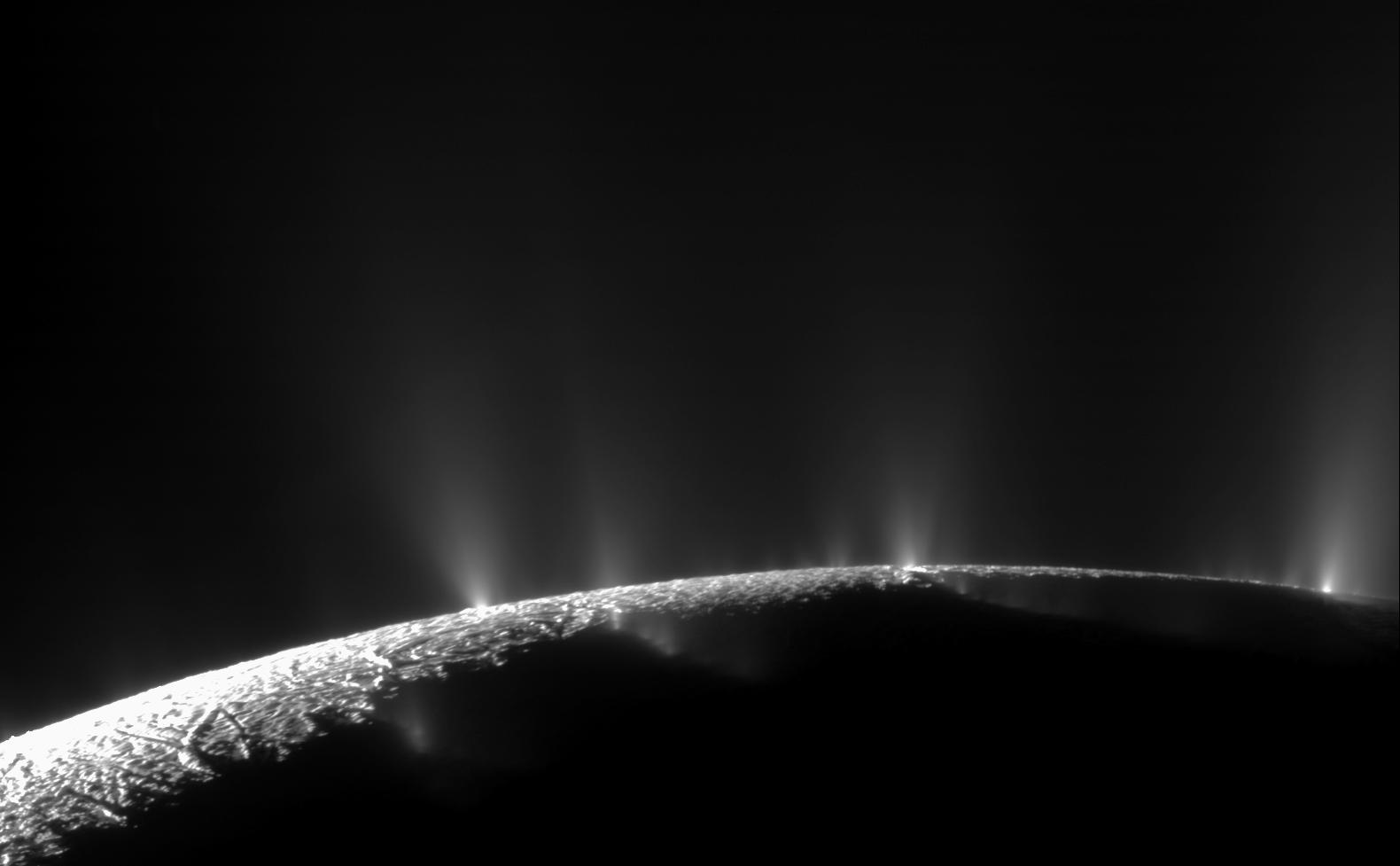3 min read
Cassini Significant Event Report
For Week Ending 11/29/02
The most recent spacecraft telemetry was acquired from the Madrid tracking station on Monday, November 25. The Cassini spacecraft is in an excellent state of health and is operating normally. Information on the spacecraft's position and speed can be viewed on the "Present Position" web page.
On board activities this week included Radio and Plasma Wave (RPWS) Science High Frequency Receiver
calibrations and high rate cyclics, completion of the Radio Science Subsystem (RSS) Ka-band uplink
exciter/transmitter tests, Cassini Plasma Spectrometer, Ultraviolet Imaging Spectrograph, and RPWS transition
to sleep mode in preparation for the Probe Relay test, and day one of the 3 day Probe Relay test.
A Preliminary Sequence Integration & Validation (SIV) meeting was held for the Cruise 35 sequence. The
Final SIV meeting will be held next week with the sequence uplinked to the spacecraft on Thanksgiving Day.
Radio Science Subsystem (RSS) completed the fourth and fifth in a series of tests of the Ka-band uplink
transmitter at DSS-25. The Ka-band transmitter did not trip during the data collection passes, and Ka-band
2-way data, and X-band 1-way and 2-way data were recorded. In addition, the Data Monitor and Display
worked properly for monitoring the Ka-band transmitter ramp. The result of the tests is that RSS and DSS-25
are prepared for Gravitational Wave Experiment #2.
System Engineering has begun a series of reviews and working groups to ensure that uplink processes are well
understood prior to Verification and Validation activities next year. The intent is that teams take a final look at the high level process flow, then check to make sure they understand how their own internal processes and
procedures fit within that flow. This week the group began reviewing Operations Interface Agreements for
Science Planning.
Mission Assurance participated in the 5th joint JPL/Aerospace Risk Management Workshop, at the Aerospace
Corporation. These workshops have been conducted monthly for the past five months, in an effort to further
the practice of Risk Management through collaboration. The group met and achieved consensus that there
remains more work to be done to further the practice of Risk Management. A risk storybook has been started
to look for common threads across risk management implementers and a benchmarking activity will be
conducted in the coming months. Workshops will now be conducted quarterly and regularly scheduled monthly
teleconferences will be used to keep the group on track.
Additional information about Cassini-Huygens is online at http://saturn.jpl.nasa.gov.
Cassini will begin orbiting Saturn on July 1, 2004, and release its piggybacked Huygens probe about six months later for descent through the thick atmosphere of the moon Titan. Cassini is a cooperative mission of NASA, the European Space Agency and the Italian Space Agency. JPL, a division of the California Institute of Technology in Pasadena, manages the mission for NASA's Office of Space Science, Washington, D.C.
Media Relations Office
Jet Propulsion Laboratory
California Institute of
Technology
National Aeronautics and Space
Administration
Pasadena, Calif. 91109.
Telephone (818) 354-5011







